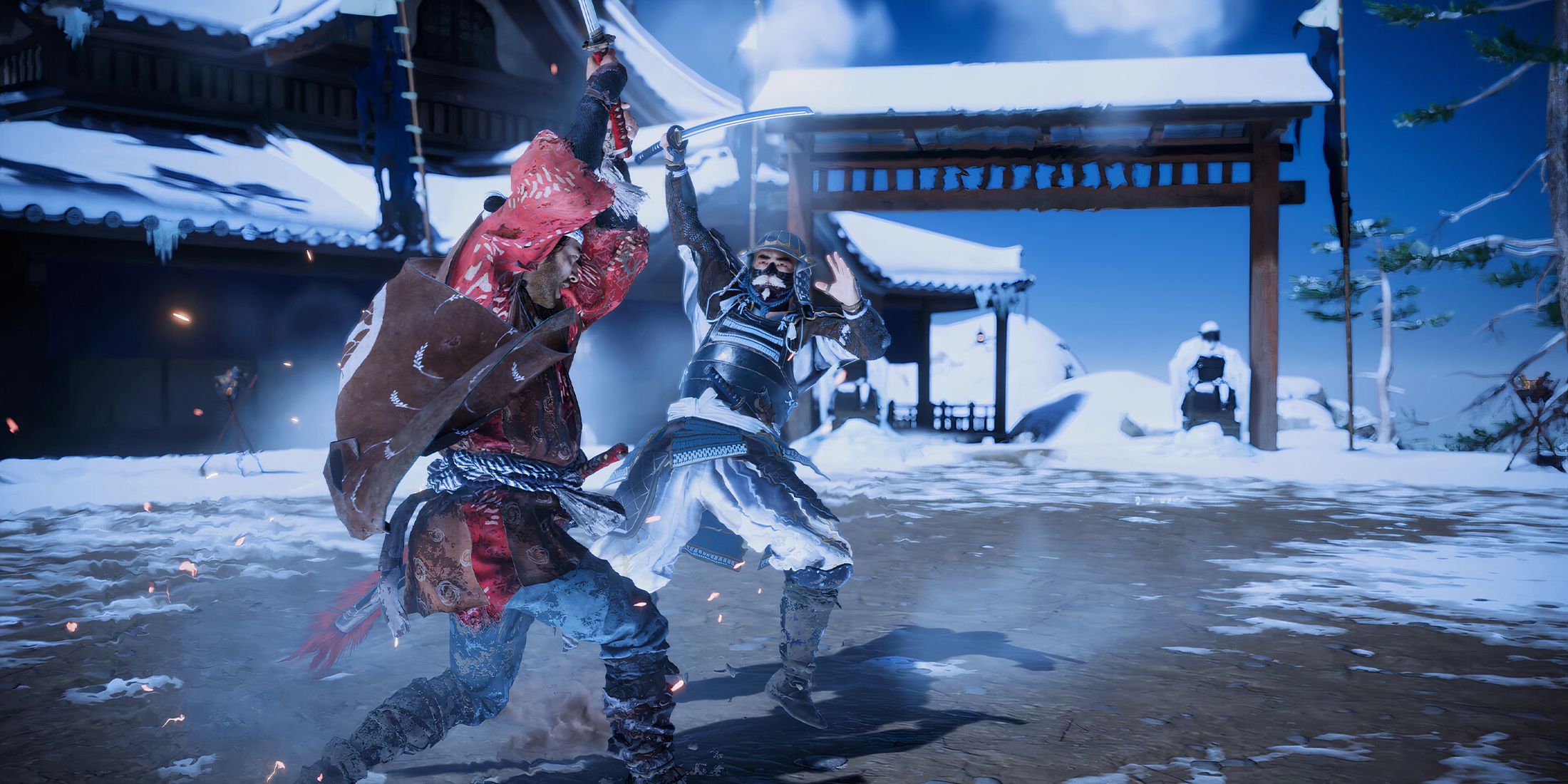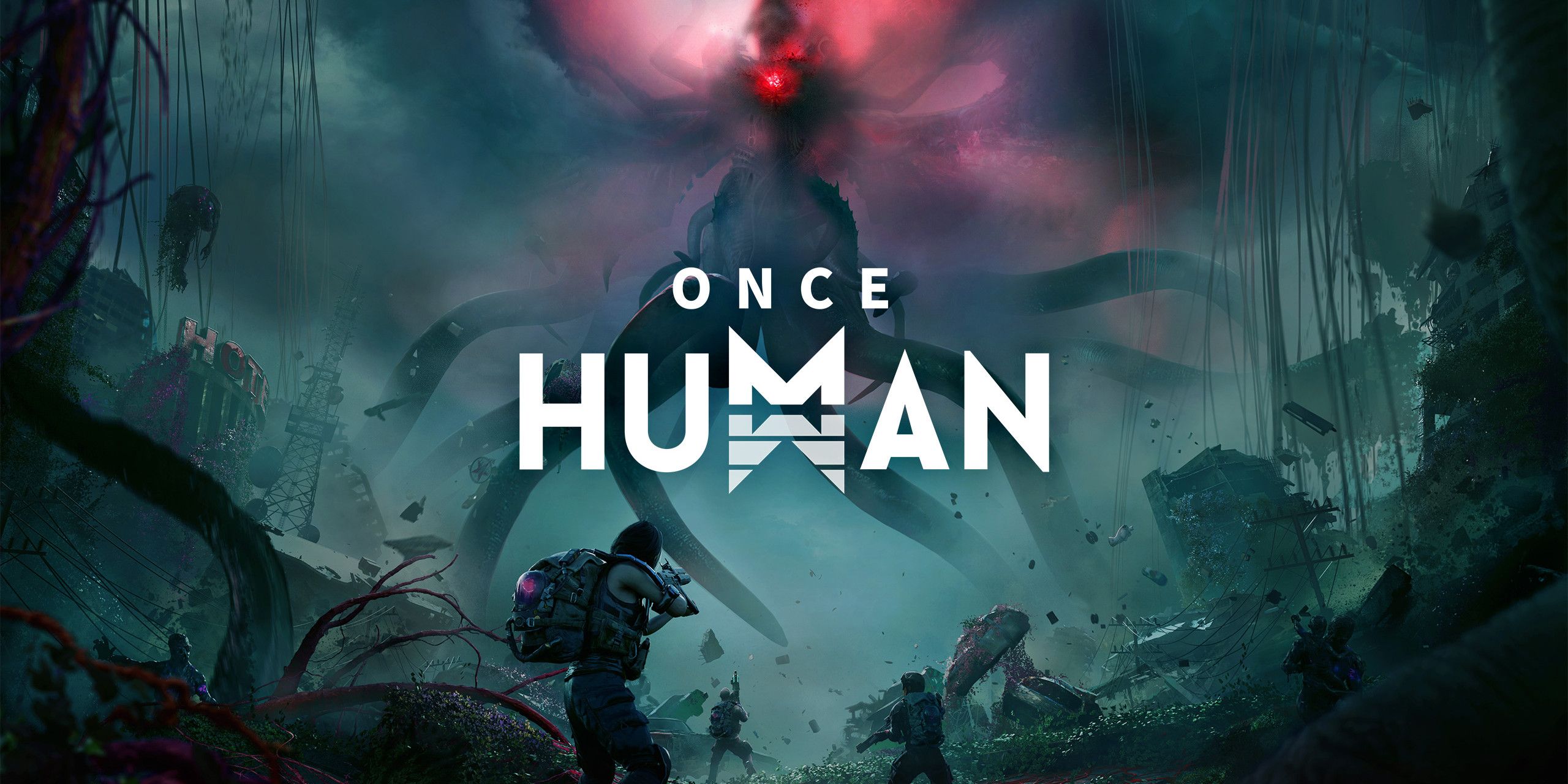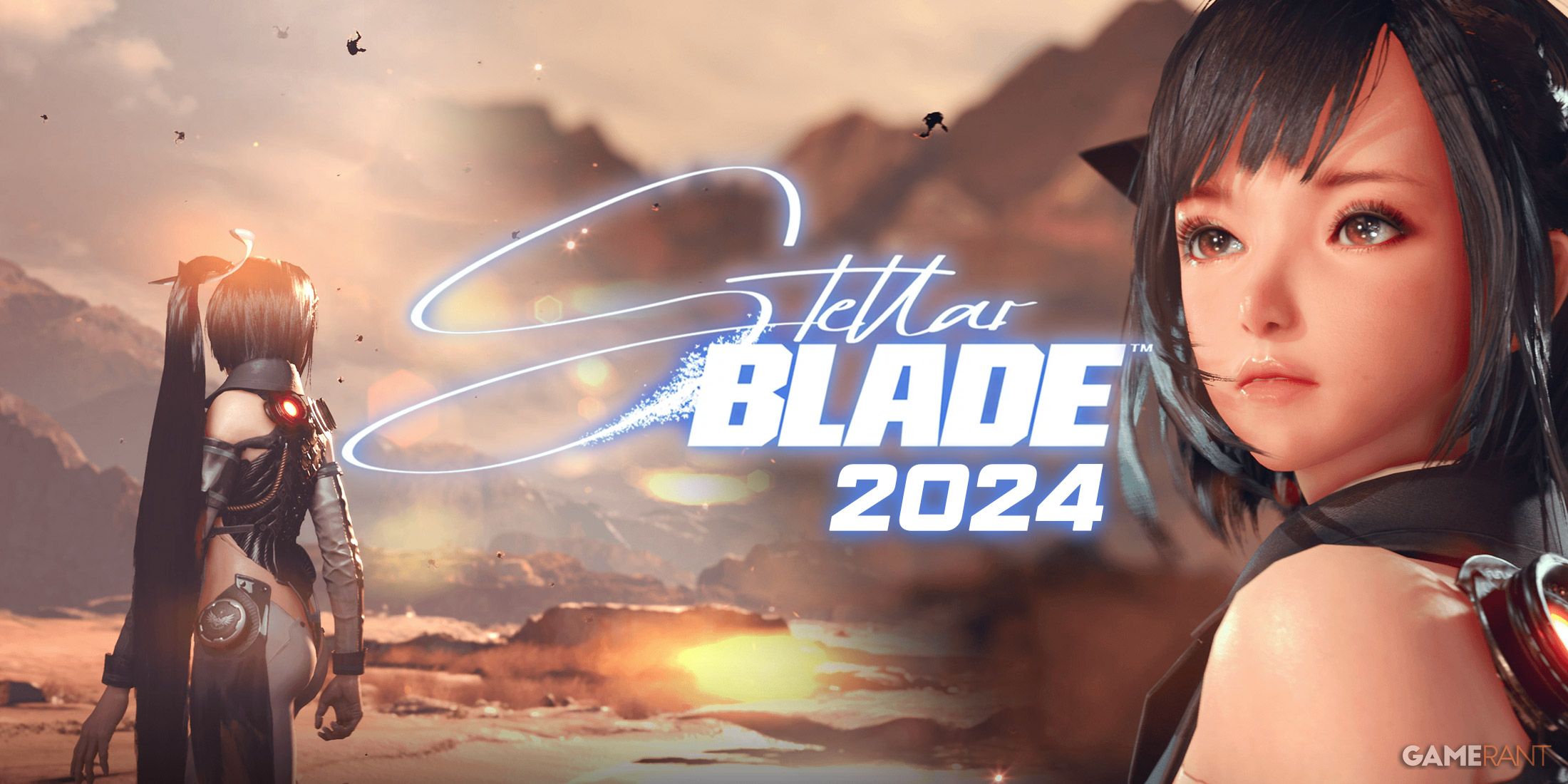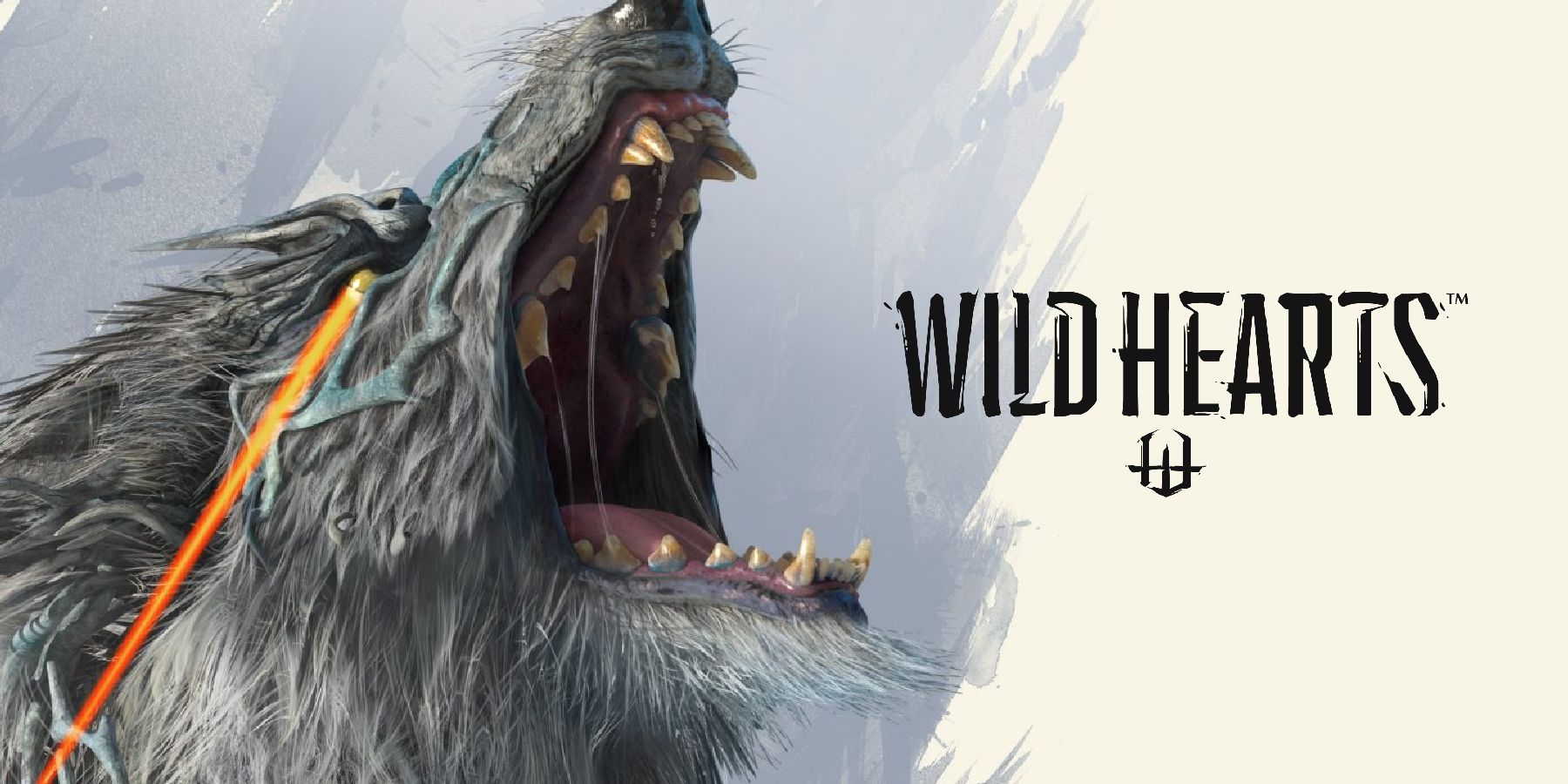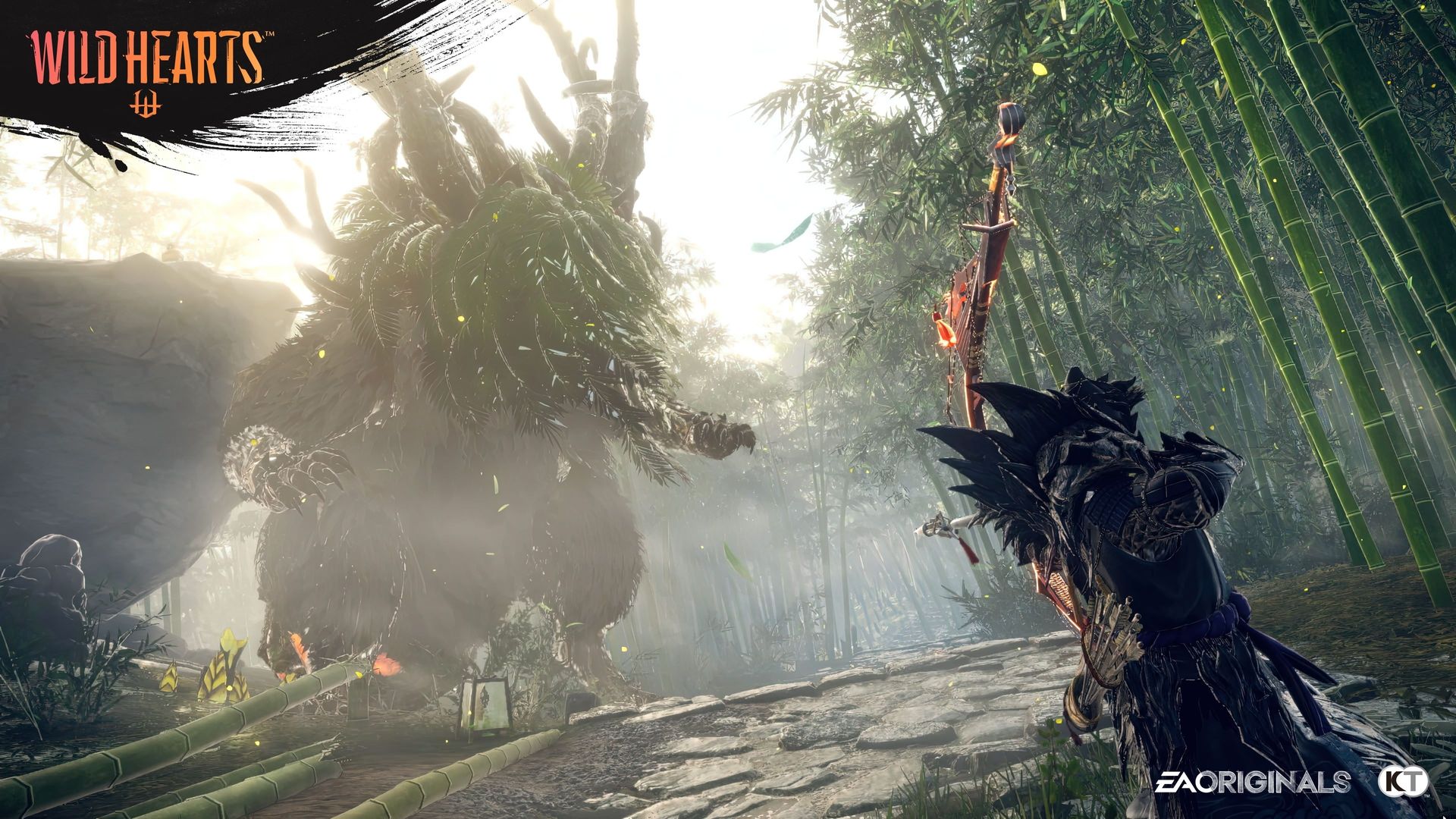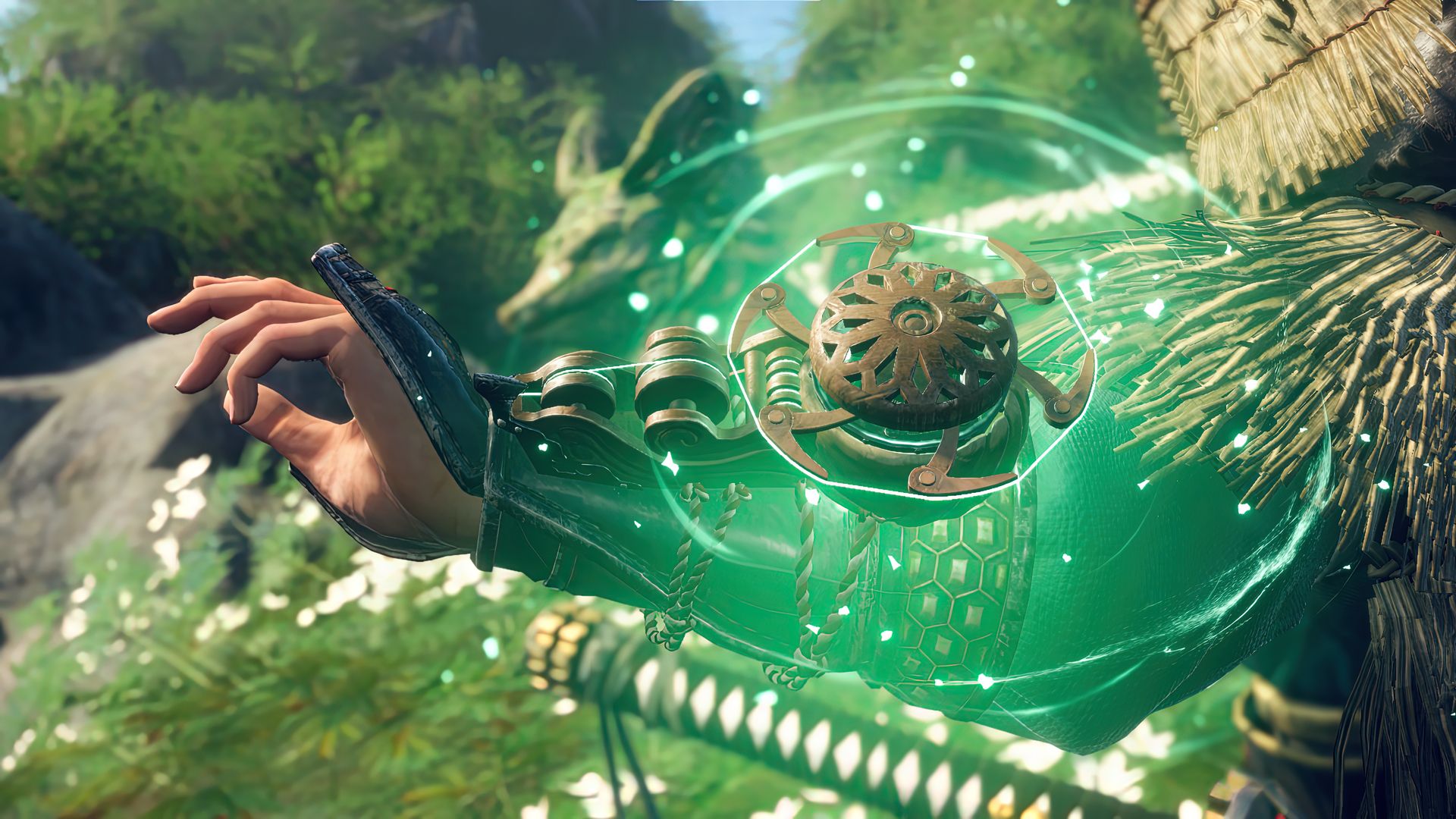Wild Hearts is Omega Force, Koei Tecmo, and EA’s entry into the hunting game genre, launching later this week. As a new IP and a departure from Omega Force’s usual lineup of thrilling hack-and-slash action games, Wild Hearts mixes traditional one-on-one hunting mechanics with a Karakuri-based crafting system, all inside a feudal Japanese fantasy world filled with themes of nature and its role with animals and humans. And, of course, large Kemono to hunt.
Game ZXC was able to sit down with co-directors Kotaro Hirata and Takuto Edagawa to discuss everything about Wild Hearts, from its inspirations and working with EA to the challenges of next-gen development and even what their favorite Kemonos are. The following interview has been edited for clarity and brevity.
Q: Where did the idea for Wild Hearts come from? What inspired the game?
Hirata: As Omega Force, we really wanted to go after something that would be a new pillar for Omega Force. We already had experience with hunting action games with Toukiden, so we thought, okay, we have this experience here, so let's go in this direction. While that game never reached a global audience, when we thought about what was missing, there was the thought of what you’re actually hunting.
What is something that we all bravely have to face? And so that's where we got nature, which is something that is very familiar to us all and also something that we do fear, along with the concept of animals or creatures there. We combined the two to come up with the Kemono, which is what we're hunting here. And I think when we really expanded on the idea of the Kemono, that's how we got Wild Hearts.
Q: In regards to the team’s development history, Omega Force is known for making the Dynasty Warrior games and many big flashy hack-and-slash games, where the main goal is to take down a ton of targets at once. Meanwhile, Wild Hearts is very reliant on single-target combat. How did working on Dynasty Warriors and these types of hack-and-slash games translate into working on a more focused Kemono hunting experience?
Hirata: When you take our most famous games, you've got the Dynasty Warriors series as one of our most famous IPs, and we do have members in our team who had the experience and know-how from that series with us. However, at Omega Force, we have actually worked with a lot of different types of games, all kinds of games really, including Toukiden, which I mentioned earlier, as well as a lot of other collaborative projects. And so when we look at our action games, we have had experience in almost all forms of action games, and we have incorporated into our development team members that have had that varied experience.
I think we've really looked a lot at how we are approaching the fighting with the Kemono. How deep can we take that one-to-one combat? And that was really where we focused all of our efforts within the team. Of course, that includes those who worked here in the last four years, but I think the core members of the development team are a bit different. They had experience in more specific and different types of games or action games. And so I think there's a bit of a change of course from there. Also, in our Omega Force team, we had those that had worked with Nioh and such. So we had other members from Koei Tecmo who brought different aspects to our team.
Q: Wild Hearts’ partnership with EA is the first time Omega Force and Koei Tecmo have collaborated with a western publisher. How has that influenced Wild Hearts’ development, and what has the relationship between EA, Omega Force, and Koei Tecmo been like?
Edagawa: There are three things to bring up here. One is the development process. With EA, they have a lot of triple-A titles under their belt, so there was a lot that we could learn from them. First off, it was the global appeal perspective. That's something that EA has experience with, and through all the iterations of Wild Hearts, they brought up various issues that they saw, or they brought up various areas that they thought we could improve on. And so there's a lot we had to work on, but at the same time, they left it up to us regarding how we resolved those various issues. So they really showed respect for our creativity as a team here. And so that was a great process. They brought up all these things but left the rest for us to figure out.
Another thing that left an impression on us– it might be a smaller thing–was when it came to tutorials. When we look at Japanese games, often with Japanese game makers, what we do is teach the players how to do everything very step by step. We like to teach everything at every level. However, the way EA approaches it is that you give the users experiences, and through the experiences, they discover the things that they can do. So it's a very different approach in how you teach users how to play.
The last thing has to do with accessibility. Really, when it comes to a triple-A title, you need to look at how it can appeal to a wider array of users, so we really received a lot of advice from them on specific functions that could help enhance the appeal to a broader audience.
Q: On a technical level, this is one of the first games this year to bypass the PS4 and Xbox One. Was Wild Hearts always planned as a next-gen console game, or were the PS4 and Xbox One involved at some point in the process? And how did these new consoles allow the development teams to innovate, and what does the power of these new consoles allow you to accomplish?
Edagawa: We originally assumed we would support gen eight, like PS4 and such, but I think it was with the advice of EA that they said, “Well, let's focus just on gen nine,” and so we made that decision quite early on in our development. The time we spent considering gen eight was actually quite short. Most of our time was spent just focusing on how we would work with gen nine.
One of the biggest changes that come with gen nine is in global illumination and how you could actually portray the environment and create a world where players want to remain in and stay immersed. It's possible because of the fact that we can really create a realistic environment, and for us, the whole portrayal of nature was extremely important. I think we were able to bring out the beauty of nature thanks to the tech of gen nine. So that was a big part of it. Also, we had worked on combining various objects with nature, and that's how the Kemono were born. It was a combination of nature and looking onto the field as well. When you do that, there's a lot more information that is really suddenly there available to you. And that's something that I think that we could only express because of the gen nine technology.
Q: How did the idea of the Karakuri come about when designing the game? Was monster hunting put first and foremost, or did the Karakuri come hand in hand with the Kemono hunting? In other words, what was the process of developing the Karakuri?
Hirata: I think what's most important–as you mentioned before–within Wild Hearts is Kemono first. It was the Kemono that was the base of everything within the game. What we initially had was a Kemono, a combination of nature and animal, and we made them massive creatures that the players had to fight and beat. But then the trial and error part is that we always try to think about how we can actually get the player to try to defeat these monstrous Kemono, and we tried a lot of different methods on how they might do that. We wanted to make sure that the players felt a sense of achievement as they defeated their prey. And that's where the idea of crafting came in.
We wanted to incorporate some sort of a crafting element here. We thought, okay, yeah, once we get the crafting element in here, then that would change the way the player fights. And it's not just the fighting scenes; there's the other scenes where the player is exploring or prepping for the fight, things like that. We thought, yeah, there are other areas that the crafting element can really help us really expand upon, but how do we get that crafting element incorporated into this world that we had created based on the Kemono? That's where we got the inspiration for this Karakuri motif that actually plays a significant role in Japanese culture as well.
You have this mechanism where you have these devices that are attached with a thread. It's something that's been around in Japan historically for some time and as a part of the culture there, and we thought it actually fit in really well with the world of Wild Hearts. I think with Karakuri, as you move and all the parts are attached, there's a real mechanism to it. Mechanically it's quite interesting how things come together and how they work, and how you manipulate them. It's also very structurally satisfying as well.
Q: There are a lot of gamers out there who may have tried other hunting games, and maybe the genre wasn't for them. What does Wild Hearts do to attract those that may not be too experienced with the hunting game genre or may not like it very much in the first place, or are looking for an alternative to something like Monster Hunter?
Hirata: I think one difference that we can say is the feeling that you have when you're actually playing, and you're trying to manipulate your character. I think that within Wild Hearts, one of the things that the players will notice is how intuitive it is. When you play it, and you grip the controller, and you think, “it would be nice if it could work this way,” It actually does move in that that that way. And I think that that was really important when you're trying to defeat these massive creatures.
Q: What are your favorite Kemonos?
Edagawa: The first favorite is Ragetail, and the reason is that we talked about nature and animals and how they come together, and you want to show both dimensions of their beauty but also the fear that you feel when you look at both nature and large creatures. I think that when we look at the design of this Kemono, it's in the movements. It really comes together very well. You can see both aspects expressed beautifully here.
Hirata: The other favorite is the Golden Tempest. We created many different Kemono here within our development process, and this Kemono came later on with our within our development stage. There were some things that we had, until then, not been able to realize, and I felt that the Golden Tempest is where we were able to get the actions, the designs, and the setting, and everything finally came together in a very satisfying way.
Wild Hearts launches February 16 for PC, PS5, and Xbox Series X|S.

